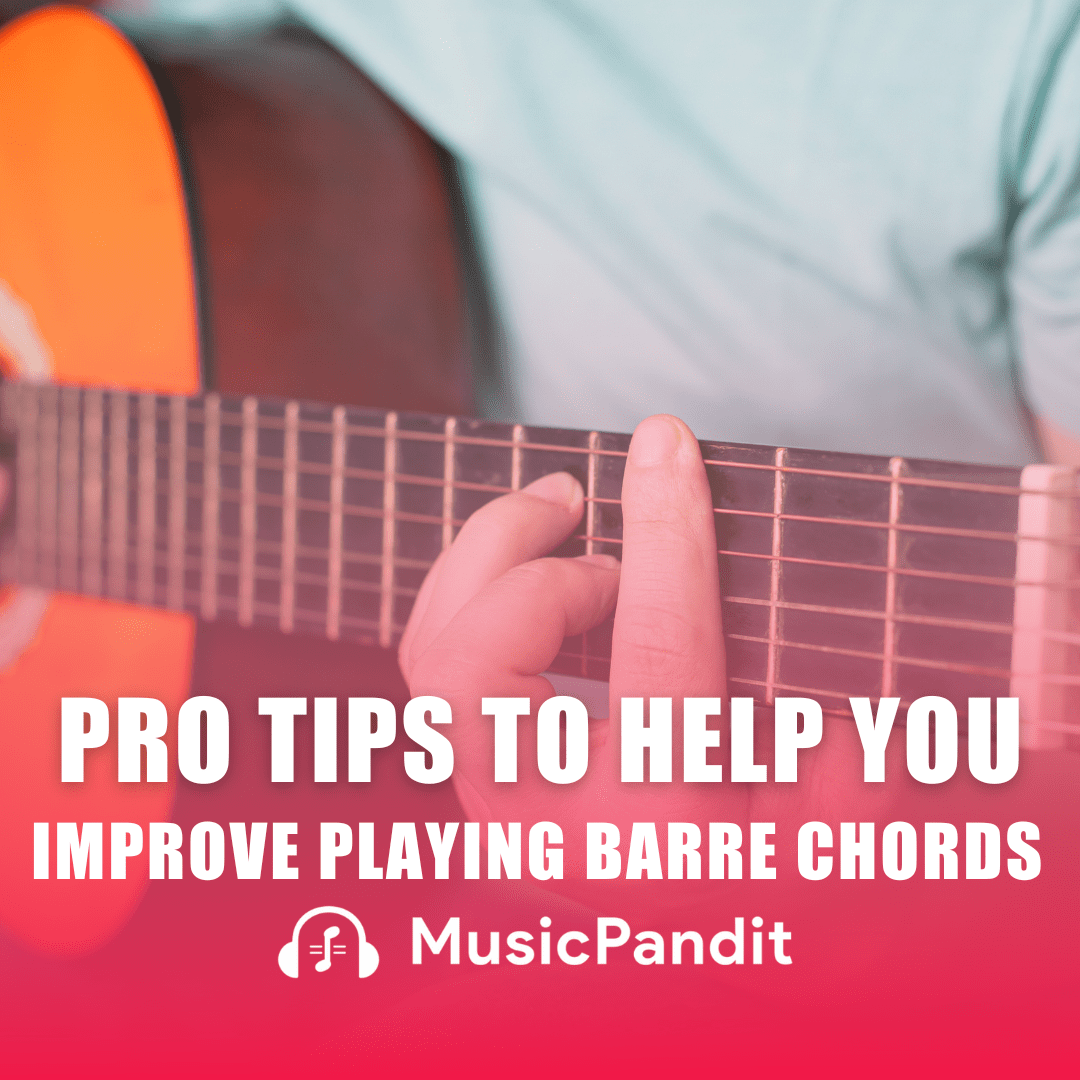For beginners just playing the guitar for some time can lead to sore guitar fingers. Most people are not used to the manual dexterity one needs to play chords and notes on guitar strings. The repeated brushing of your fingertips with the harsh material of the strings causes blunt trauma according to experts.
What’s worse is that repeatedly pressing against this material causes wearing away of the topmost layer of the skin. The layer below is more nerve dense and more sensitive. Trying to continue playing the guitar in this condition prevents the skin from growing back again and can be very harmful in the long run. Only once these injuries heal will they eventually turn into calluses and you can then play without any pain.
How to Deal With Sore Guitar Fingers. How to Deal With Sore Guitar Fingers
Tips to Speed Up Callus Formation
While it usually takes between a fortnight to a month for calluses to form completely, you can speed up the process. Some ways of doing this are by practising aplenty for short periods of time. It is best to play a little on the guitar every day. A timeframe of 10 to 15 minutes every day should work fine. This prevents you from pushing your fingertips too hard and prevents your skin from breaking open.
What’s more, it is best to begin with a steel-stringed instrument so that your fingers get used to the tough material of the guitar strings. It is also better that you use thick gauge strings on your guitar as these only develop calluses on your fingertips but do not cut them open.
A trick you can try to get your fingers accustomed to the pressure and sensation of the guitar strings when you are not playing is to press them down against the thin edge of a credit card. To further fasten callus formation rub your fingertips with a cotton ball dipped in rubbing alcohol.
What You Can do to Relieve the Pain or Avoid It
While practising during the initial days it is expected that your fingertips will feel sore. However, if you start experiencing wrist or muscle pain it could hint at a poor technique of holding and playing the guitar. In such situations, it is advised that you explore different ways of holding your guitar while keeping your wrist as flat as can be. Fingertip soreness is just a temporary phase and usually does not require medical attention. Simply applying ice cubes or numbing creams can provide relief in the short term. Know that it is a passing phase and will pass sooner than later.
Some practices you can apply to guitar playing to reduce the pain during the initial days is as follows: It is suggested by veterans that you do not require to press down too hard on the guitar strings when playing a note or a chord. Just lightly touching the string will give you the result you are looking for. You are also advised to keep your fingernails trimmed and short.
This is in order to ensure that your fingernails do not absorb the pressure and pass on the strain to your fingers. Experts advise consistent practice stating that it is better to play for shorter durations for a longer time. Implying that you can play for fifteen minutes at a stretch three times a day.
As your calluses develop you can increase this timeframe and adjust your method of playing as well to minimise pain. Moreover, once your calluses are developed it is best to switch to lighter gauge strings. This is to avoid the possibility of being injured and cut by a thinner string. Finally, you must rearrange the space between the fretboard and the guitar string so you do not have to push down so hard.
Ways to Treat Your Sore Fingers
You can apply some home remedies to your sore fingers before or after playing. The first amongst these is to apply a cold ice pack or compress to relieve swelling and pain. Secondly, you can take pain relief medication for muscle or joint pain. You can also use a numbing ointment on your fingertips between playing sessions. Thirdly you can soak your fingertips in a bowl of apple cider vinegar for better healing.















